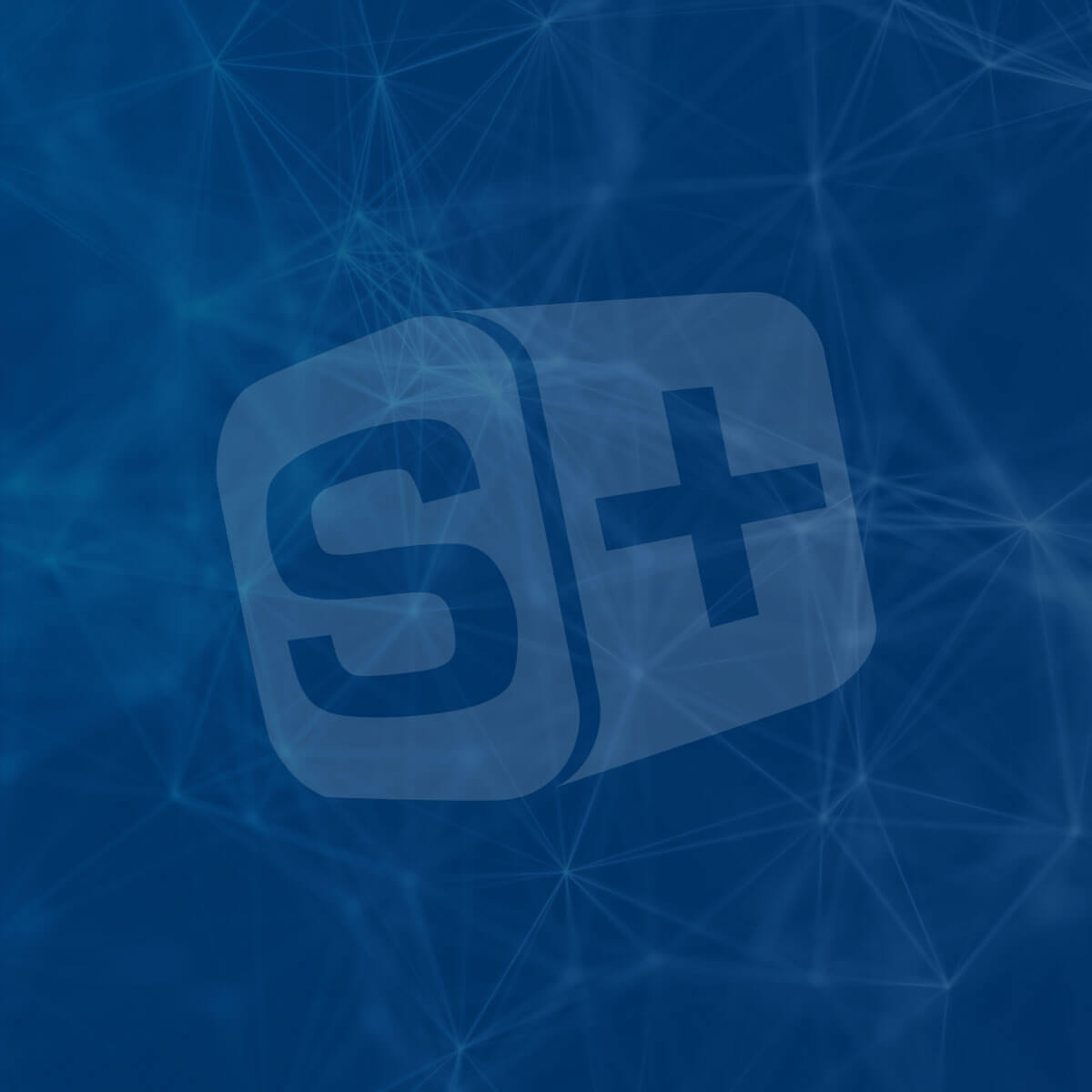Brings 35+ Years of Industry and Regulatory Expertise to Board

Predicting pK a for Small Molecules on Public and In‐house Datasets Using Fast Prediction Methods Combined with Data Fusion
Data fusion approach was investigated in the context of pKa prediction for 391 small molecules derived from a public data source as well as for 681 compounds from an internal corporate database.

Calculating the Partition Coefficients of Organic Solvents in Octanol/Water and Octanol/Air
Partition coefficients define how a solute is distributed between two immiscible phases at equilibrium.

In-silico and In-vitro Drug Analysis of Selected Flavonoids, Including Fusarochromanone
In recent years, there has been a shift in the pre-clinical drug discovery paradigm from a strict in-vitro process toward an in-silico based process.

Supporting systems science through in silico applications: A focus on informing metabolic mechanisms
Despite the advent of new in silico methodologies to characterize exposure and pharmacokinetic properties of environmental chemicals, numerous limitations remain in the understanding and predicting of metabolic processes.

Properties of FDA-approved small molecule protein kinase inhibitors
Because mutations, overexpression, and dysregulation of protein kinases play essential roles in the pathogenesis of many illnesses, this enzyme family has become one of the most important drug targets in the past 20 years.

Scrutinizing the interactions between bisphenol analogues and plasma proteins: Insights from biomimetic liquid chromatography, molecular docking simulations and in silico predictions
The interactions between human serum albumin (HSA) and α1- acid glycoprotein (AGP), the main plasma proteins binding drugs/xenobiotics, and some endocrine disrupting chemicals (EDCs)...

TCM-ADMEpred: A novel strategy for poly-pharmacokinetics prediction of traditional Chinese medicine based on single constituent pharmacokinetics, structural similarity, and mathematical modeling
Yuanhu Zhitong prescription (YZP) is a commonly used and relatively simple clinical herb preparation recorded in the China Pharmacopoeia.

Assessment of Biopharmaceutical Performance of Supersaturating Formulations of Carbamazepine in Rats Using Physiologically Based Pharmacokinetic Modeling
There is an overgrowing emphasis on supersaturating drug delivery systems (SDDS) with increase in number of poorly water-soluble compounds.

FDA Purchases Bundle of ADMET Predictor® Licenses
Center for Tobacco Products incorporates machine learning platform to assist toxicology research

Physiology Based Pharmacokinetic Modeling in Generic Drug Development and Regulatory Decisions- Opportunities & Challenges
Physiology based pharmacokinetic (PBPK) modeling is widely used within the pharmaceutical industry to predict oral drug absorption.

Determination of Dermal Pharmacokinetics by Microdialysis Sampling in Rats
The evaluation of absorption and availability at the site of action of a drug candidate is an important element of drug discovery and development, as clinical response is...

Design, synthesis and pharmacological evaluation of a novel mTOR-targeted anti-EV71 agent
Due to the limitations of existing anti-EV71 targets, we have been eager to discover a new anti-EV71 agent based on mTOR (the mammalian target of rapamycin), which is an important target for finding antiviral agents...

GastroPlus® v9.7 Release Webinar
Learn about the latest developments in GastroPlus®!

hERG Liability Classification Models Using Machine Learning Techniques
Known for its critical role in cardiac action potential repolarization, the voltage-dependent hERG K+ channel is one of the most prominent anti-targets determining cardio-toxicity of drugs.

An Efficient Strategy for the Glycosylation of Total Bufadienolides in Venenum Bufonis
Venenum Bufonis (VB), also called ChanSu or toad venom, is an important Traditional Chinese Medicine derived from the parotid gland secretion of giant toads (Bufo bufo gargarizans or Bufo melanostictus).

Reduced T-cell Numbers and Elevated Levels of Immunomodulatory Cytokines in Metastatic Prostate Cancer Patients De Novo Resistant to Abiraterone and/or Enzalutamide Therapy
Currently, there are two Food and Drug Administration (FDA)-approved drugs for androgen deprivation therapy (ADT) of metastatic castration-resistant prostate cancer...

ADMET Predictor 9.5 Release Notes
This new release of ADMET Predictor includes significant enhancements throughout the program, including to the ADMET Modeler™ and MedChem Designer™ modules.

Simulations Plus Releases ADMET Predictor® Version 9.5
New machine learning models and novel analysis methods address customer requests
